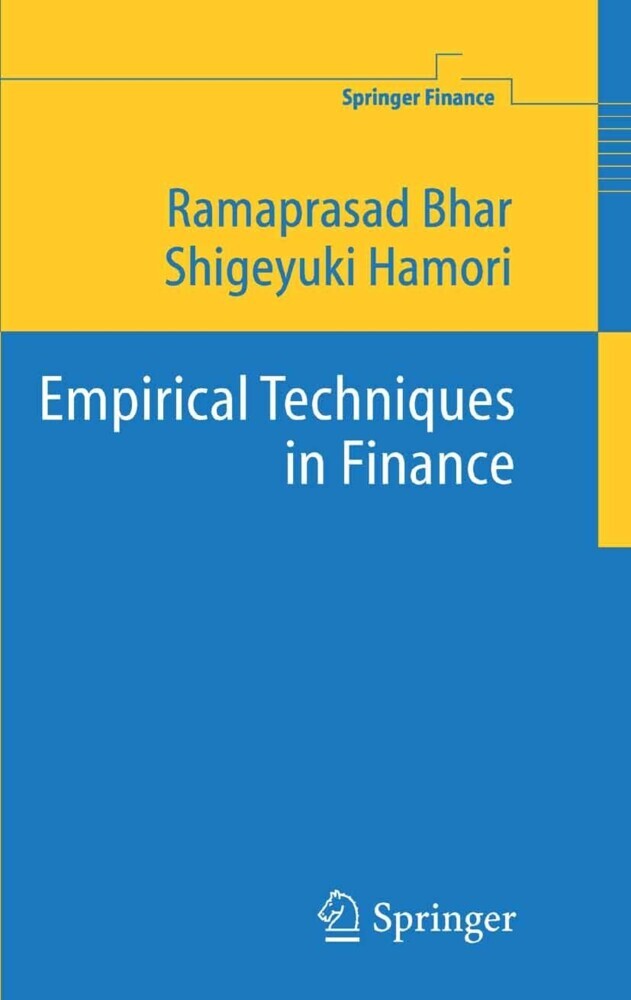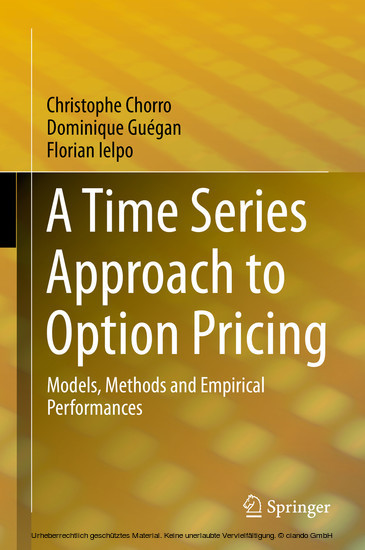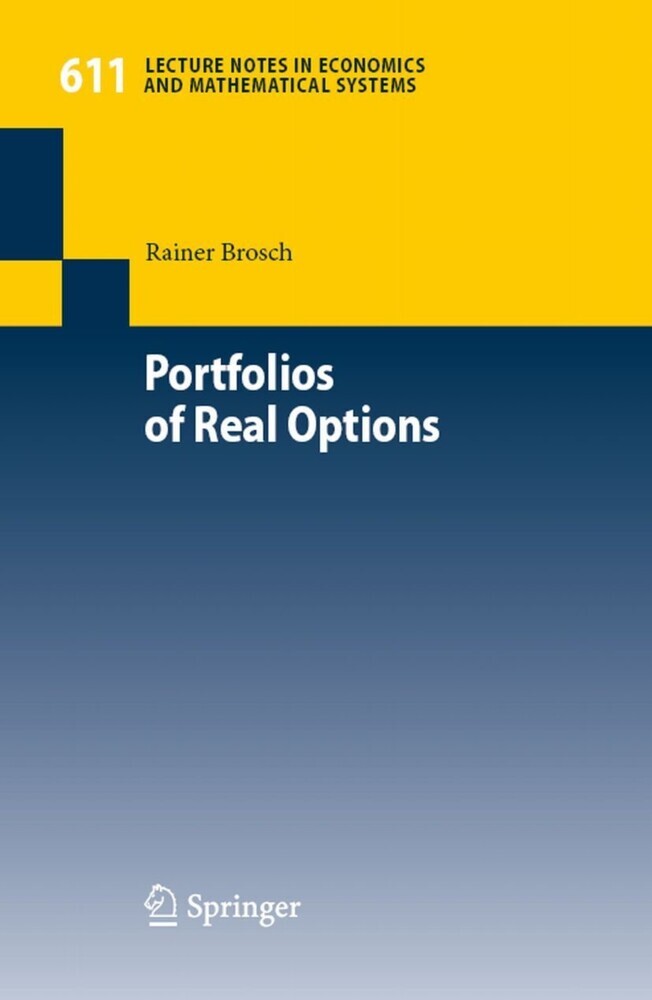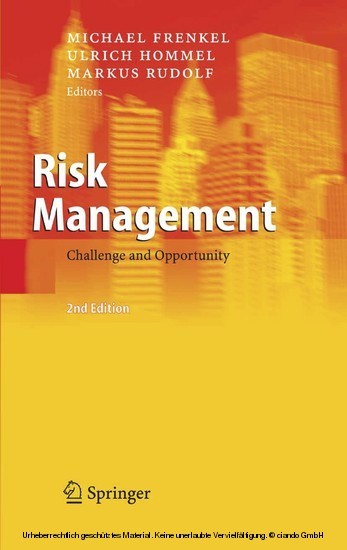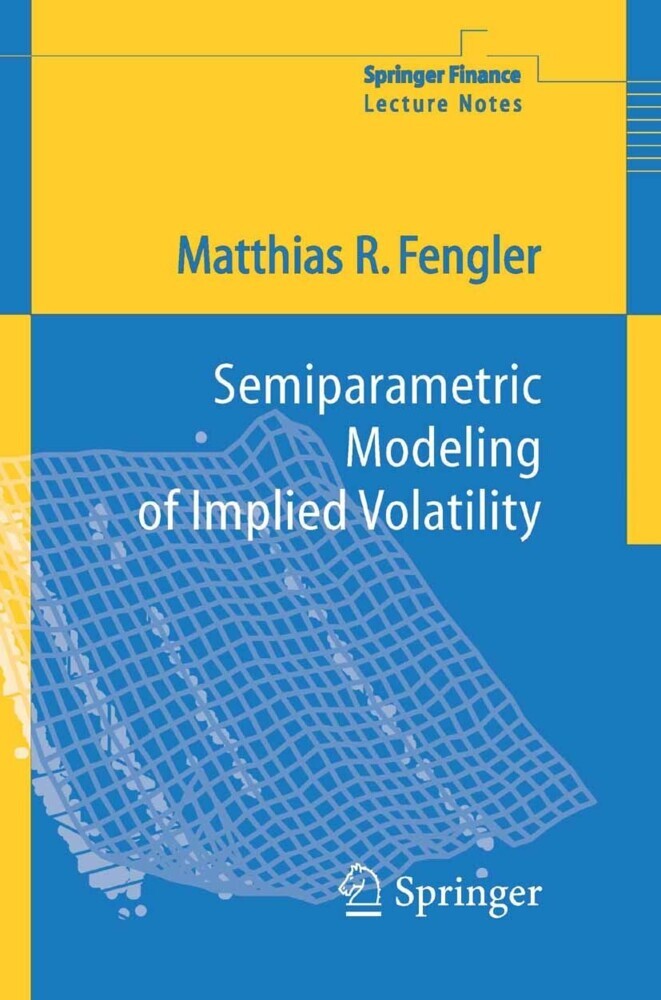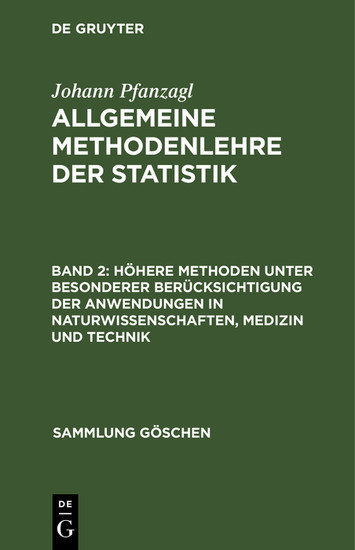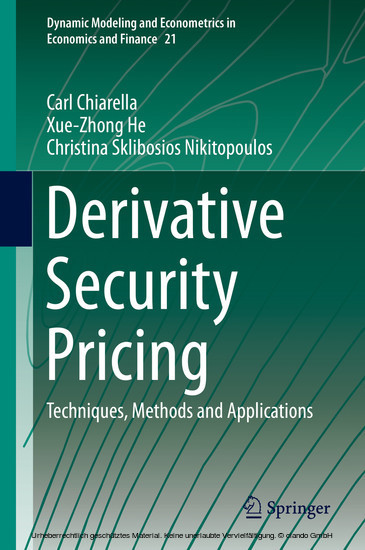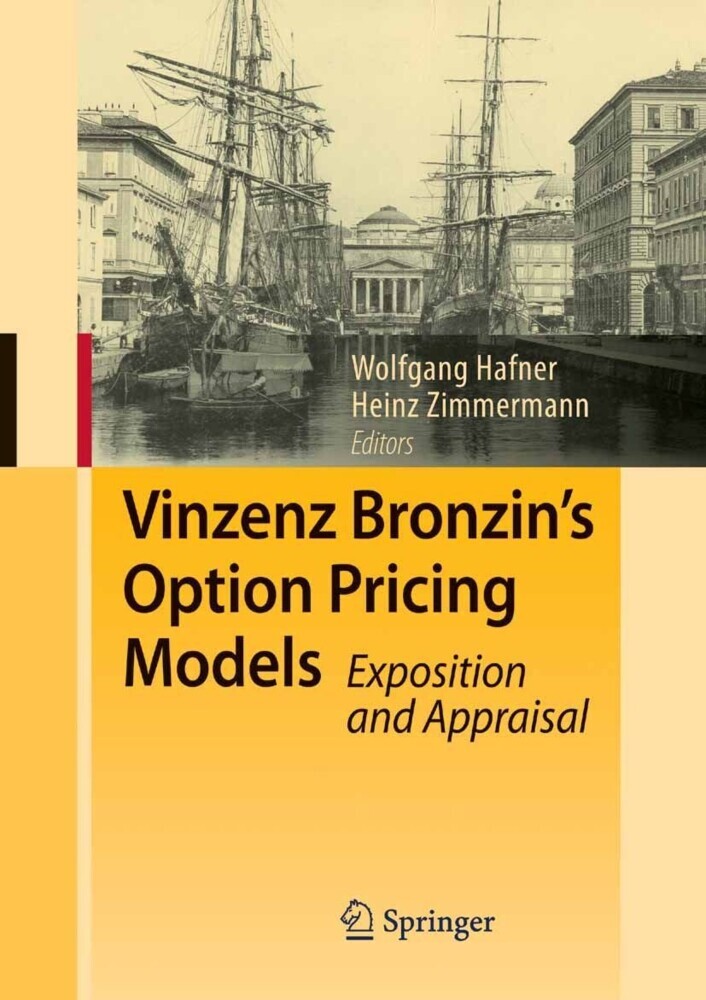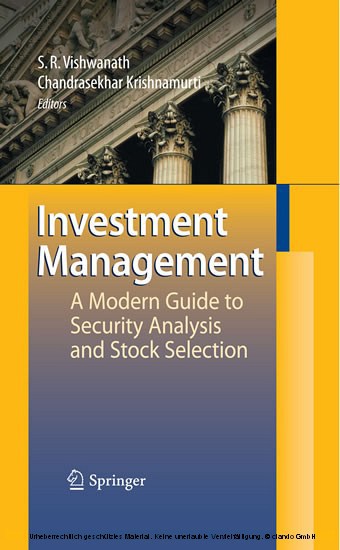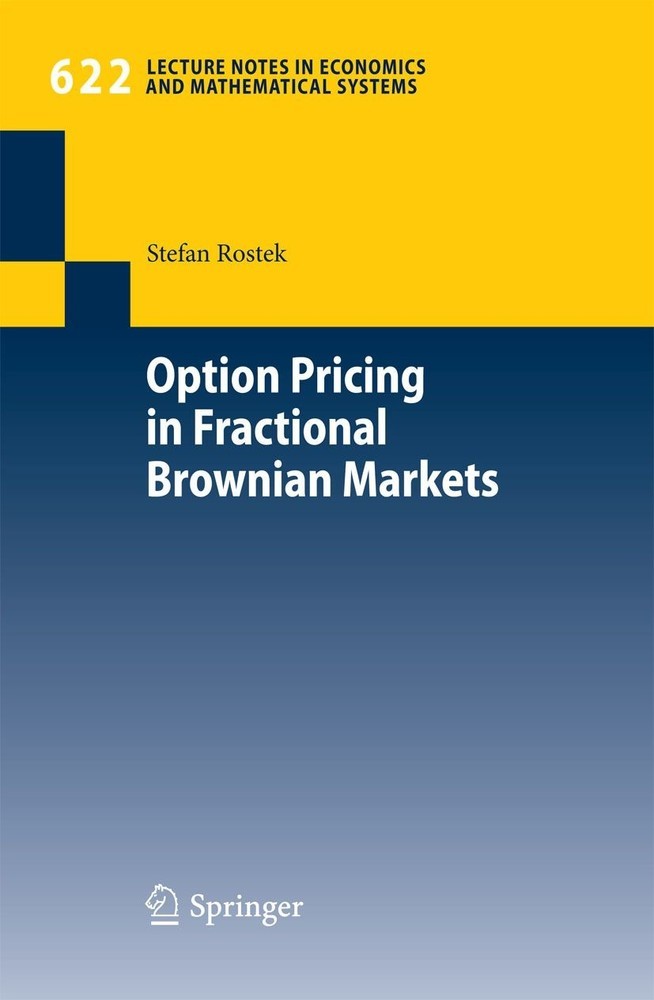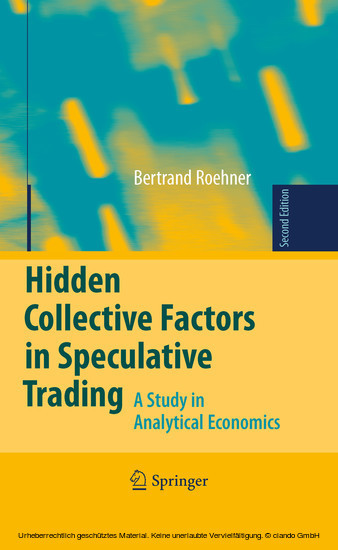Empirical Techniques in Finance
The rapid advances in financial technology in the past decade have led to a commensurate increase in sophistication for modelling techniques needed by the researchers for the understanding of financial markets. The book aims at equipping graduate students, market analysts and others with a wide range of empirical techniques. It not only discusses the analytical structures behind such modelling approaches, but also explains how they are applied to actual data. Besides traditional elements of financial econometrics and statistical techniques commonly used in quantitative finance, the book covers: estimation of parametric and non-parametric models; advanced tools to deal with unobserved components; discrete time models of asset prices and of interest rates. Illustrations include speculative equity prices, equity and currency risk premium as well as real investment opportunity analysis and interest rate contingent claim valuation.
1;Acknowledgements;7 2;Table of Contents;9 3;1 Introduction;13 4;2 Basic Probability Theory and Markov Chains;17 4.1;2.1 Random Variables;17 4.2;2.2 Function of Random Variable;19 4.3;2.3 Normal Random Variable;20 4.4;2.4 Lognormal Random Variable;21 4.5;2.5 Markov Chains;22 4.6;2.6 Passage Time;26 4.7;2.7 Examples and Exercises;28 4.8;References;29 5;3 Estimation Techniques;31 5.1;3.1 Models, Parameters and Likelihood - An Overview;31 5.2;3.2 Maximum Likelihood Estimation and Covariance Matrix of Parameters;32 5.3;3.3 MLE Example - Classical Linear Regression;34 5.4;3.4 Dependent Observations;35 5.5;3.5 Prediction Error Decomposition;36 5.6;3.6 Serially Correlated Errors - Overview;37 5.7;3.7 Constrained Optimization and the Covariance Matrix;39 5.8;3.8 Examples and Exercises;40 5.9;References;41 6;4 Non-Parametric Method of Estimation;43 6.1;4.1 Background;43 6.2;4.2 Non-Parametric Approach;44 6.3;4.3 Kernel Regression;45 6.4;4.4 Illustration 1 (EViews);47 6.5;4.5 Optimal Bandwidth Seiection;48 6.6;4.6 Illustration 2 (EViews);48 6.7;4.7 Examples and Exercises;50 6.8;References;51 7;5 Unit Root, Cointegration and Related Issues;53 7.1;5.1 Stationary Process;53 7.2;5.2 Unit Root;56 7.3;5.3 Dickey-Fuller Test;58 7.4;5.4 Cointegration;61 7.5;5.5 Residual-based Cointegration Test;62 7.6;5.6 Unit Root in a Regression Model;63 7.7;5.7 Application to Stocic Markets;64 7.8;References;66 8;6 VAR Modeling;67 8.1;6.1 Stationary Process;67 8.2;6.2 Granger Causality;69 8.3;6.3 Cointegration and Error Correction;71 8.4;6.4 Johansen Test;73 8.5;6.5 LA-VAR;74 8.6;6.6 Application to Stocic Prices;76 8.7;References;77 9;7 Time Varying Volatility Models;79 9.1;7.1 Background;79 9.2;7.2 ARCH and GARCH Models;80 9.3;7.3 TGARCH and EGARCH Models;83 9.4;7.4 Causality-in-Variance Approach;86 9.5;7.5 Information Flow between Price Change and Trading Volume;89 9.6;References;93 10;8 State-Space Models (I);95 10.1;8.1 Background;95 10.2;8.2 Classical Regression;95 10.3;8.3 Important Time Series Processes;98 10.4;8.4 Recursive Least Squares;101 10.5;8.5 State-Space Representation;103 10.6;8.6 Examples and Exercises;106 10.7;References;115 11;9 State-Space Models (II);117 11.1;9.1 Likelihood Function Maximization;117 11.2;9.2 EM Algorithm;120 11.3;9.3 Time Varying Parameters and Changing Conditional Variance (EViews);123 11.4;9.4 GARCH and Stochastic Variance Model for Exchange Rate (EViews);125 11.5;9.5 Examples and Exercises;128 11.6;References;138 12;10 Discrete Time Real Asset Valuation Model;139 12.1;10.1 Asset Price Basics;139 12.2;10.2 Mining Project Background;141 12.3;10.3 Example 1;142 12.4;10.4Example2;143 12.5;10.5 Example 3;145 12.6;10.6 Example4;147 12.7;Appendix;150 12.8;References;152 13;11 Discrete Time Model of Interest Rate;153 13.1;11.1 Preliminaries of Short Rate Lattice;153 13.2;11.2 Forward Recursion for Lattice and Elementary Price;157 13.3;11.3 Matching the Current Term Structure;160 13.4;11.4 Immunization: Application of Short Rate Lattice;161 13.5;11.5 Valuing Callable Bond;164 13.6;11.6 Exercises;165 13.7;References;166 14;12 Global Bubbles in Stock Markets and Linkages;167 14.1;12.1 Introduction;167 14.2;12.2 Speculative Bubbles;168 14.3;12.3 Review of Key Empirical Papers;170 14.3.1;12.3.1 Flood and Garber (1980);170 14.3.2;12,3.2 West (1987);172 14.3.3;12.3.3 Ikeda and Shibata (1992);173 14.3.4;12.3.4 Wu (1997);175 14.3.5;12.3.5 Wu (1995);176 14.4;12.4 New Contribution;176 14.5;12.5 Global Stock Market Integration;177 14.6;12.6 Dynamic Linear Models for Bubble Solutions;179 14.7;12.7 Dynamic Linear Models for No-Bubble Solutions;184 14.8;12.8 Subset VAR for Linkages between Markets;186 14.9;12.9 Results and Discussions;187 14.10;12.10 Summary;198 14.11;References;199 15;13 Forward FX Market and the Risk Premium;205 15.1;13.1 Introduction;205 15.2;13.2 Alternative Approach to Model Risk Premia;207 15.3;13.3 The Proposed Model;208 15.4;13.4 State-Space Framework;213 15.5;13.5 Brief Description of Wolff/Cheung Model;216 15.6;1
Bhar, Ramaprasad
Hamori, Shigeyuki
| ISBN | 9783540276425 |
|---|---|
| Artikelnummer | 9783540276425 |
| Medientyp | E-Book - PDF |
| Auflage | 2. Aufl. |
| Copyrightjahr | 2005 |
| Verlag | Springer-Verlag |
| Umfang | 243 Seiten |
| Sprache | Englisch |
| Kopierschutz | Digitales Wasserzeichen |

